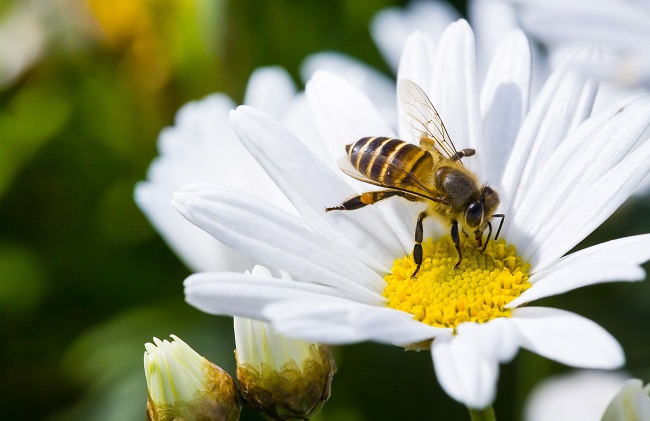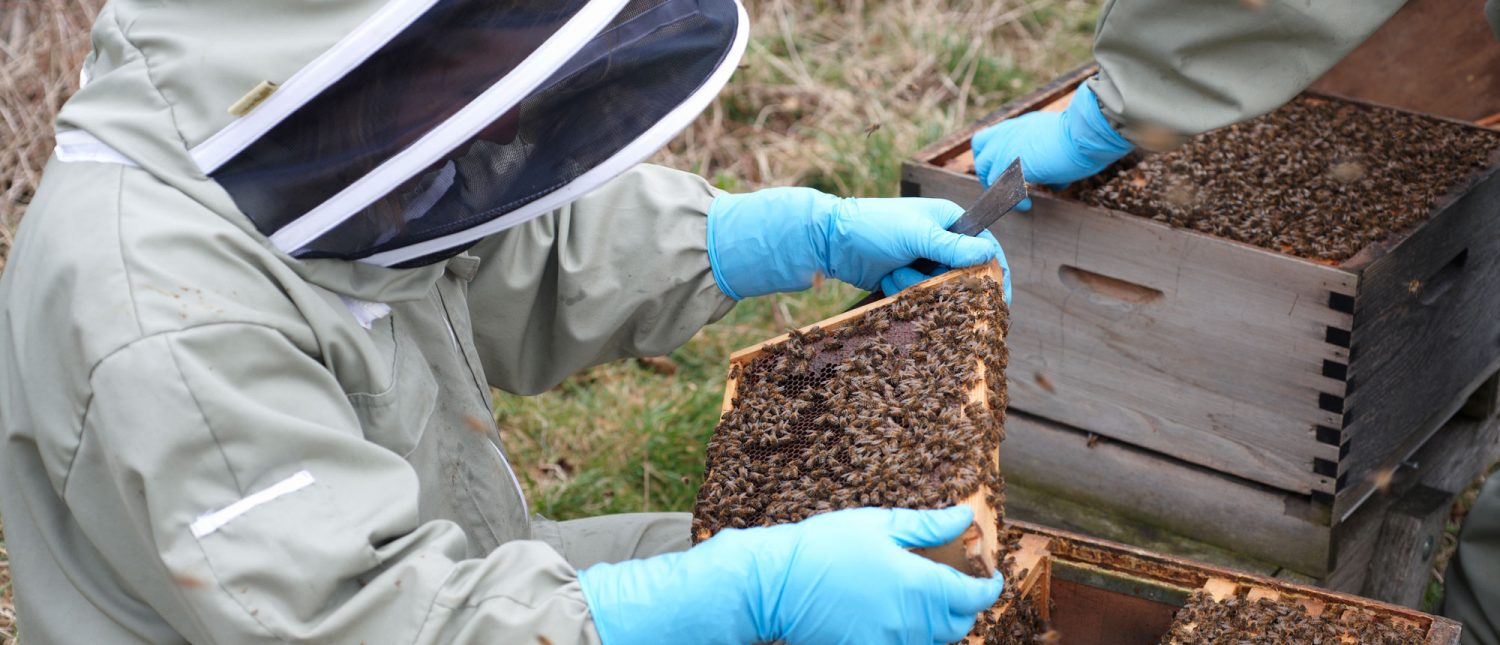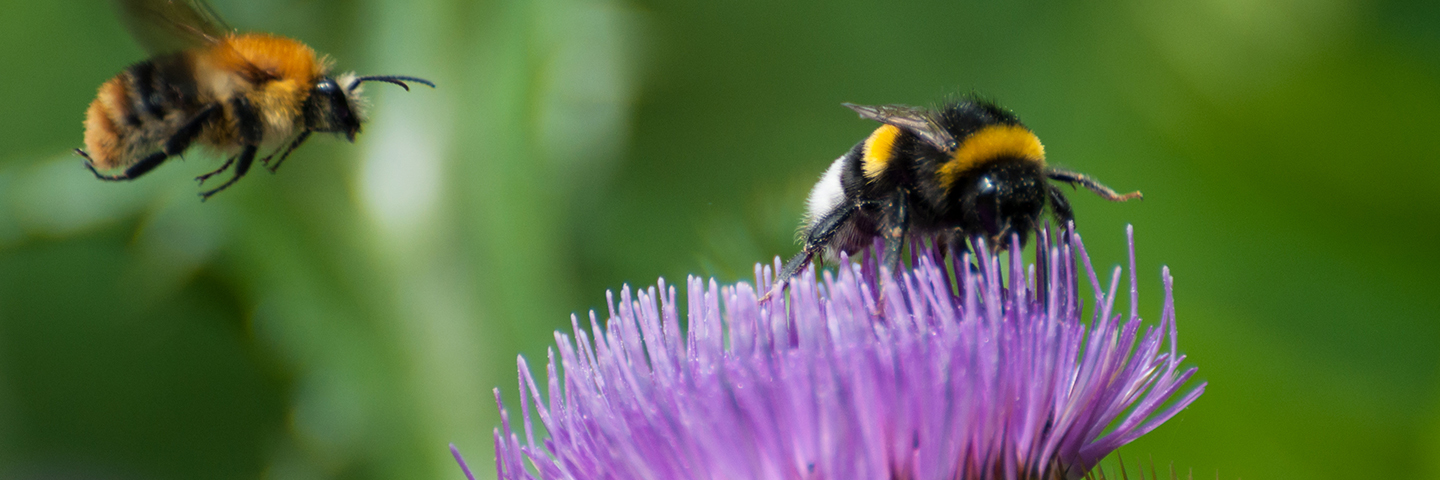Having just returned from the 14th Symposium of the International Commission for Plant Pollinator Relationships (ICPPR) hosted by Agroscope in Bern Switzerland I wanted to applaud all of my colleagues on the quality of work that is being carried out, which was evident from their presentations.
The presentations covered a wide range of topics, from recent advances in bee testing method development, to practical experiences of bee testing to cutting edge research, for example environmental monitoring using honey bees and toxicogenomics - truly fascinating. Throughout my involvement with the ICPPR over the last twenty years I have always found the meetings to be an excellent opportunity to keep myself abreast of the latest developments and to hear the reports and updates from the working groups (WG). Reports were received from; the non-Apis WG, the Field and Semi-field WG, the Brood WG and the Biopesticides WG, giving rise to some lively discussion! Each WG contains experts from industry, regulatory bodies and laboratories, who all give their time for free, working to develop testing methods and our understanding allowing improvements in safety testing for bees. As the co-Chair of the Brood WG I am pleased to be able to provide a more detailed summary of what our WG reported on.

The Brood Working Group update:
The ICPPR Bee Brood Working Group (WG), founded at the 9th Symposium was originally chaired by Roland Becker (BASF) and is currently chaired by Verena Tänzler (Ibacon), Lukas Jeker (Agroscope) and Selwyn Wilkins (Fera). The first task of the WG meeting held in Amsterdam in March 2018, was to identify current WG priorities- given recent regulatory developments and data requirements on higher-tier bee brood studies i.e. semi-field and field testing. The aim was to continue the previous work of the group towards improving and harmonising the OECD 75[1] and Oomen et al. 1992[2] methods. As a result, a full review of the available test methods was undertaken, looking at the strengths and limitations of the semi-field and full-field brood testing methods. One of the major findings noted was the lack of a clear structure or guidance for progressing through the testing scheme once a potential risk had been highlighted at tier 1 and under what circumstances should a particular test be considered?
Based on this initial meeting discussions and findings a number of areas were identified as requiring further reviews, three subgroups were formed and tasked to come together at regular joint WG meetings to discuss their progress.
-
Conceptual Framework sub-group:
Tasked by the WG to develop a conceptual framework in which OECD 75 and the Oomen et al. tests (both original and modified) may be improved and where the methods can be applied most effectively. This is NOT designed to act as an instruction, but it is intended to act as a source of information allowing all stakeholders to make informed decisions on which is the most appropriate test method to use under certain conditions. A draft has been produced and it is hoped to publish this on the ICPPR website soon. -
OECD75 revision sub-group:
To review the OECD 75 method and to identify possible amendments to OECD Guidance Document (GD), and address issues associated with meeting validity criteria. Based on other guidance documents, the subgroup suggest that there is sufficiently new information (e.g., inclusion of new photographic methodologies) to recommend a revised OECD GD. The subgroup elected to present their thoughts and findings to ICPPR and seek feedback. There is still a lot of work to be undertaken to refine the method and more testing may be required in the future. -
Oomen de Reuter-sub-group:
To expand improve the method based upon recent developments, including previous recommendations of ICPPR Bee Brood WG and the AG Bienenschutz). I am pleased to advise that as a result of this activity in April 2019 revision of the Oomen et al method to current needs and developments was published in the EPPO Bulletin (Lückmann and Schmitzer 2019[3]). One of the major revisions included the addition of chronic exposure.
The above is by no means a ‘fait a compli’ and the Brood WG intends to continue to push forward, meeting early in 2020 to discuss the next steps on the areas of research discussed above and to identify new areas to focus on that will continue to improve and harmonise safety testing for bees. A big thanks goes out to all of the active participants of the group - as I said, a group of experts from Industry, Regulatory bodies and Laboratories, who all give their time and resources for free to support the work of the group.
All being well, Fera are looking forward to hosting the 15th ICPPR symposium in 2021, see you there. If anybody would like to discuss any of the areas covered by the Brood WG I am more than happy to be contacted.
Selwyn Wilkins, Senior Bee Ecotoxicologist at Fera Science
[1] OECD. 2007. Guidance document on the honey bee (Apis mellifera L.) brood test under semi-field conditions. Series on Testing and Assessment No. 75. ENV/JM/MONO(2007)22
[2] Oomen, P. A. A. De Ruijter and J. Van der Steen. 1992. Method for honey bee brood feeding tests with insect growth-regulating insecticides. Bul OEPP/EPPO Bulletin 22: 613 – 616.
[3] Lückmann, J. and S. Schmitzer. 2019. The Oomen bee brood test—revision of the method to current needs and developments. Bulletin OEPP 49(1): 137 – 146. https://doi.org/10.1111/epp.12553
See how we can help you

Bee Ecotoxicology
Fera has the research expertise and scientific resources to help you test products for their effects on pollinator survival, development and behaviour, enabling you to develop products that are safe for bees and other pollinators.

Beekeepers
As part of our role we provide support and advice to government running a wide variety of studies which investigate the effects of agro chemical (plant protection products) and new veterinary medicines (for beekeepers), nutrition and disease.

MRL information
The MRLs for honey have historically been set at a default level of 0.05 mg/kg. European data requirements (Regulation (EU) No 283/2013, Annex 6.10) require studies on residues in pollen and bee products for human consumption, new technical guidelines (SANTE/11956/2016 rev.9) for determining the magnitude of pesticide residue in honey and setting maximum residue levels in honey.




